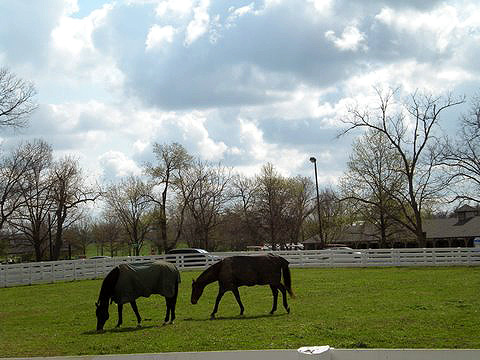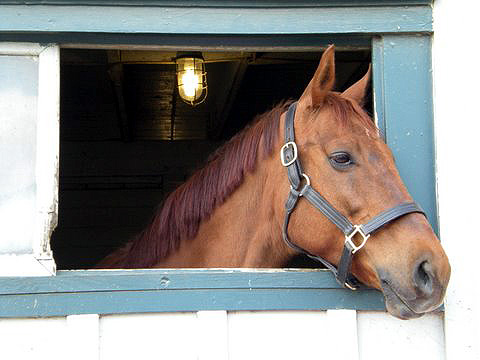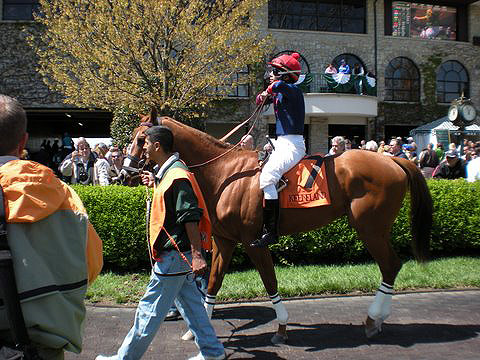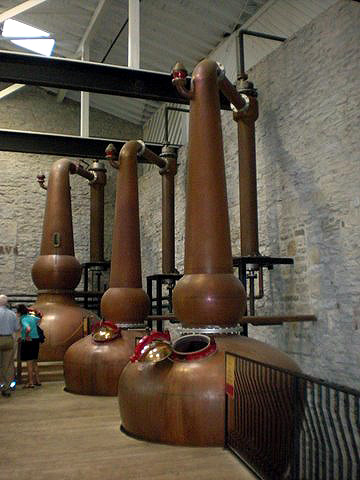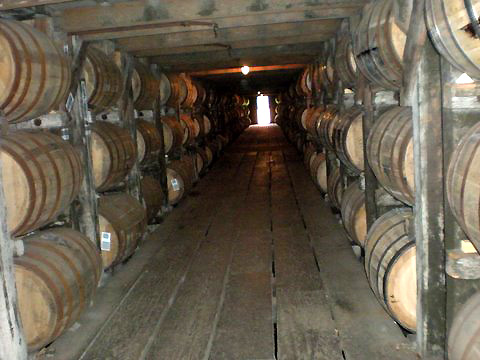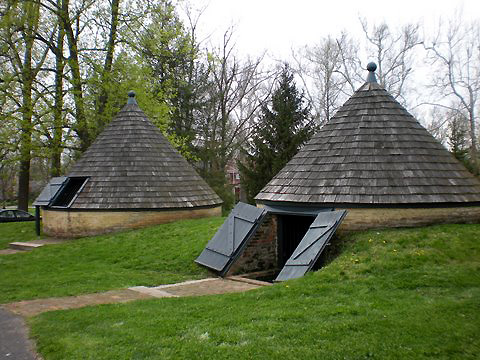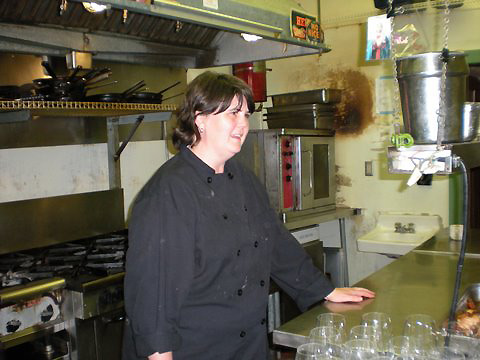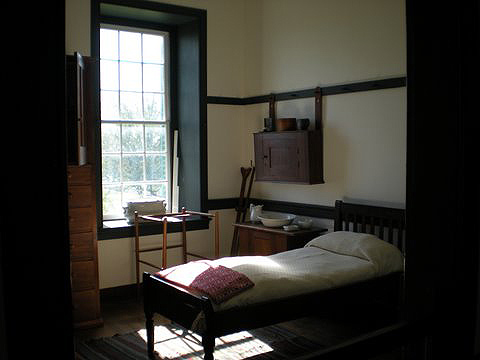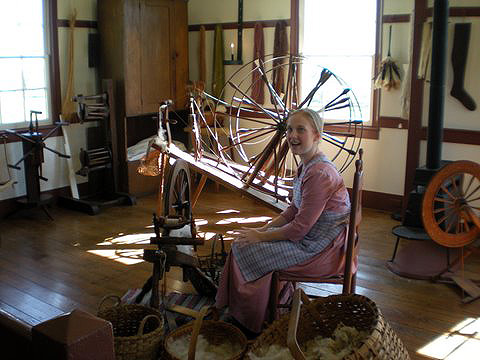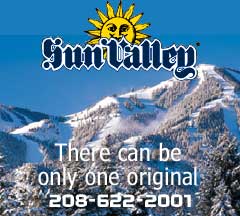 |
 |
|
 |

|
Horses,
Whiskey and
A Wild Woman Lexington, Kentucky Story and Photographs by Corinna Lothar
Lexington is the self-styled "horse capital of the world," and in 2010, it will be at the center of the horseracing world when the city hosts the 2010 World Equestrian Games from September 25 to October 10, 2010. The games take place every four years and include dressage, jumping and all Olympic events, as well as a "Western" event. The 2010 Games will be the first ones ever to be held outside Europe. The city of Lexington is preparing a Spotlight Lexington 16-day downtown festival to coincide with the Games from September 24 to October 10, 2010. Lexington expects 60 countries to participate in the 2010 games; 700 to 900 horses are expected as well as 800 (human) athletes. All the events will be held at the Kentucky Horse Park, an equine theme park and competition center dedicated to man's relationship with the horse. The park is set on 1,200 acres of rolling hills in the heart of the Bluegrass Region, with accommodation for 1,500 horses. Visitors don't have to wait until next year to enjoy the Horse Park. They can see horses compete in national and international competitions throughout the year in an indoor arena and an outdoor stadium; they can visit mares and foals, take a trolley ride through the grounds with Belgian draft horses; watch a farrier shoeing horses; and meet celebrated Derby winners at the parade of breeds that takes place every day at 11 a.m. and 2 p.m. It's a unique opportunity to see such champions as Cigar, Alysheba and Funny Cide face to muzzle.
The Horse Park has a fascinating horse museum, a Smithsonian
affiliate, which tells the history of horses in the world through exhibits.
Horses date back 55 million years; they originated in America as small,
dog-sized, three-toed predecessors of the modern horse. They migrated
to Asia across the land bridge over the Bering Straits (now long gone),
and didn't return to North America until the Spanish conquistadors brought
them here in the 15th and 16th centuries. The first horse race in what
is now the United States was run on Long Island in 1668. Passionate
race horses are called "hot blooded," while quieter, working
horses are "cold blooded." The museum explains the origin of the horseshoe as a good luck charm: when the devil asked a 10th century English holy man and blacksmith named Dunstan to shoe his horse, Dunstan tricked the devil by shoeing the devil's cloven hoof instead. The devil was in such pain that he promised never to enter a house with a horseshoe over the door in exchange for having the nails removed. Dunstan became the Archbishop of Canterbury and was granted sainthood and the horseshoe, though not sainted, has been a symbol of good luck ever since. Horses can be visited at several horse farms in the area. At Three Chimneys, started by Robert Clay, a direct descendant of Henry Clay, Big Brown and Smarty Jones come up to the fence to greet a curious visitor. If the timing is right - the visitor's, that is - he can witness a stallion mated with a mare.
Bourbon is every bit as important to Kentucky's economy as the horses. Whiskey - the Scots spell theirs "whisky," without the 'e' - was introduced to the United States by Irish and Scottish immigrants. In the late 18th century, Elijah Pepper set up a small distillery in Versailles, Ky., using corn rather than rye as the primary ingredient. Legend has it that the Rev. Elijah Craig, a Baptist preacher and part-time distiller, accidentally burned the inside of a barrel he was using to create his granular mash - a mix of corn, rye, wheat or barley. The mash was distilled in the burned barrel and delivered in a shipment of whiskey to New Orleans. The locals were enthusiastic about the taste, and because the whiskey was shipped from (although not made in) Bourbon County, they began calling it "bourbon." Thus was Bourbon born. The original distillery has been restored and is again in use. Today, it is the home of Woodford Reserve, a marvelous, small-batch bourbon, as smooth as any fine cognac.
The company makes vodka and rye as well as bourbon. Tours go through the century-old warehouse where the bourbon ages, and take visitors through the steps of bourbon making from the grain delivery to the cooking process to the fermentation to the stillhouse. Distillery tours are also available at Wild Turkey and Four Roses Distilleries. There is considerably more to Lexington, important as they are, than horses and bourbon. The town is charming with a lively downtown and lovely, leafy residential streets with many nineteenth century buildings intact. It's the seat of the University of Kentucky. Henry Clay, although born in Virginia, was a long-time resident of Lexington. He remains one of the nation's most significant statesmen. An excellent orator, known as "The Great Compromiser" because of his persuasive abilities, he helped author three crucial compromises, one delaying the Civil War, and negotiated the Treaty of Ghent that ended the War of 1812. He was Speaker of the House of Representatives, a U.S. Senator, secretary of State and a three-time unsuccessful candidate for president. He began a horse-breeding dynasty with two mares and one stallion. From that thoroughbred lineage came at least eleven Kentucky Derby winners. Clay's estate in Lexington, called Ashland, is one of Lexington's show places. Ashland has been owned by five generations of the Clay family; today it is owned by the Henry Clay Memorial Foundation and has been designated a National Historic Landmark by the National Park Service. The mansion is filled with original family items. The 20 acre estate is dotted with 500 trees of 44 species.
Mary Todd Lincoln's house stands on Main Street in downtown Lexington. The house was completed in 1806 and was occupied by the Todd family from 1832 to 1849. The 14-room Georgian style house contains period furniture, family portraits and furnishings from both the Todd and Lincoln families. The Hunt-Morgan House in the historic Gratz Park section of Lexington is a Federal-style house built in 1814 by John Wesley Hunt, the first millionaire west of the Alleghenies. It now features the Alexander T. Hunt Civil War Museum with a collection of Civil War relics and memorabilia. There is no shortage of good food in Lexington, with such restaurants as Dudley's and Portofino offering sophisticated French-American dining, often with bourbon inspired dishes. My favorite is a delightful restaurant in an old house a few miles outside Lexington in the town of Midway. Holly Hill Inn is housed in an 1845 Greek Revival building. Since 2001, owner/chef Ouita Michel has been preparing dishes that rival anything you can find in New York, San Francisco or New Orleans. Her tasting menus change monthly to reflect seasonal produce. Ouita's husband and co-owner is the sommelier responsible for an excellent wine list.
A special Lexington treat is the Monday night taping of WoodSongs Old-Time Radio Hour, the brainchild of Lexington musician Michael Johnathon, which now airs on nearly 500 radio stations in 32 countries. Since 2008, the program also has been on public television. The taping is held in the funky old Kentucky Theatre in downtown Lexington, where a different country music band appears each Monday night to tape an hour-long radio program. The audience cheers and claps for each performer and a good time really is had by all. Good times are not new to Lexington. Belle Brezing may be Lexington's most famous scarlet woman, a brothel owner and later a morphine addict who had been seduced at the age of 12. Her lavishly appointed and decorated brothel at 59 Megowan Street attracted clientele from all over the country, who came to Lexington for horse breeding and racing. In all likelihood, Belle Brezing was the model for Margaret Mitchell's Belle Watling in "Gone with the Wind." Carrie Nation is another Kentuckian, as famous as Belle was infamous. Six foot tall, with hatchet and Bible in hand, she stormed saloons and drugstores across America in the first decade of the 1900s. Although she despised whiskey, Carrie would nevertheless talk race picks with saloon patrons. A few miles from Lexington stands Pleasant Hill, the largest restored Shaker community in America. Mother Ann Lee and seven followers came from England in 1774 to escape religious persecution. By the 1840s, nearly 3,500 Shakers lived in communities from Maine to Kentucky, men and women always living apart, which might explain why the community eventually died out. The Pleasant Hill agricultural community was established in 1805. The community thrived well past the mid-19th century. After the 1860s, changing social attitudes and the Industrial Revolution signaled the community's decline. By 1923, the last Pleasant Hill Shaker had died and the property passed into private hands. In 1961, a non-profit corporation restored the village. Today, 34 of the original 240 buildings have been restored and 3,000 acres of farmland preserved. The Pleasant Hill buildings are elegant, graceful constructions of limestone, brick and wood. The most recognized architectural element in the village is a lovely three-flight twin spiral staircase in the Trustees' Office. Many of the buildings are open to the public, some for overnight accommodations. Television sets and telephones have been added to the austere Shaker furnishings. (Visiting men and women are no longer segregated.) Shaker specialties and Kentucky fare are served in the dining room, although no longer at communal tables.
Self-guided walking tours wind through the village where costumed interpreters chronicle Shaker life. Artisans work at the 19th century trades such as broom making, woodworking, spinning and weaving. A visitor might come upon costumed singer performing Shaker songs and dances, including "Simple Gifts," which Aaron Copland included in his composition "Appalachian Spring" for a Martha Graham ballet. The Shakers composed more than 10,000 songs and hymns. Pleasant Hill offers a visitor agricultural and craft demonstrations, music festivals, theatrical performances, harvest festivals, wagon rides, hikes along several wildlife and bird observation trails and - this being Kentucky - full service equestrian overnight facilities. An annual craft fair and an art fair take place each summer at the Shaker Village.
The words of an ancient Apache ceremonial song reflect the spirit of Lexington:
Legend has it that a horse called "Big Lex" turned blue from grazing in bluegrass pastures his entire life. Although no one has real evidence that blue horses exist, nevertheless there are many tales of sightings, and you might just see this legendary creature as you drive through Kentucky's lush countryside. * * * * For information on Lexington visit the following: |
|
I found a Mich Goss J. Grassmayr Innsbruck bell with Jesus,
a crucifix and a flower on it. Do you have any information about it you can
share with me? Many thanks. I don't have any information on that specific bell. If she wants information, "Liz" in San Bernardino should contact the factory. Here is the information: Address Grassmayr Foundry and Bell Museum, Leopoldstrasse 53, Inssbruck, A-6010 Austria. Telephone: 43 512-59416-0. Fax: 43 512-59416-22. E-mail: johannes@grassmayr.at or info@grassmayr.at. Corinna
Been there -- thought I'd done it -- you proved me wrong. Great travel coverage -- even for those who have lived there. --- Bill, Redmond, Oregon
Corinna, my dear, What a wonderful series of words you have collected together to paint a mesmerizing story about one of my favorite places. Even though I've traversed these same locales as you many times, your delightful descriptions made me want to book a flight this very second and see again some of the places that time did not allow me to linger in before. Your photos are also riveting, and I loved the pantyhose one - what a clever, sexy way to promote that article of the female form. Your colorful words make the entire region literally come alive before my eyes - a rare gift for any writer! Bravo and again Congrats on your top notch feature. Best regards. Best regards,
Hello Corinna, This is very roundabout ... I was recently teaching (Legal Reasoning) in Kabul and encountered Ann Geracimos, who said she knows you from the Times. She recently provided me with an electronic version of your 2007 piece about returning to Frankfurt (which I enjoyed very much). Jonelle and I are well (and enjoying our 3 grandchildren, who live within blocks of our house). I hope you are well. I will now look for your travel writing regularly. Best regards,
What an amazing background Ms. Lothar has! I enjoyed her article
very much. I found it to be quite intriguing, especially the interpreter school
bit.
I loved your article on Metz. I was an exchange student living there from 1981-1982 and have always felt like Lorraine was the most overlooked part of Europe. You really captured the feel of the city with your photo and articles.
|
![]()
Stay tuned.
This site is designed and maintained by WYNK Marketing. Send all technical issues to: support@wynkmarketing.com



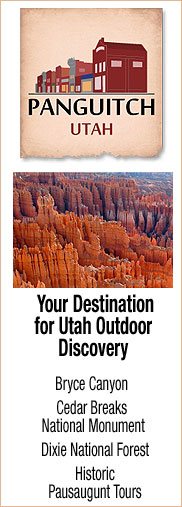








 he
grass is not actually blue (except in early spring when there's a slight
blue tinge), but it's an unforgettably brilliant shade of green. Green
is all you see from the window of the plane as it glides over the horse
farms of Kentucky on final approach to Lexington Municipal Airport.
It's all in the water. Fayette County (once part of the original Bourbon
County) is blessed with sub-surface limestone that enriches the water,
removing all minerals except calcium. Old-time distillers say it's the
limestone in the water that makes the bourbon smooth and nourishes the
horses grazing on the stud farms.
he
grass is not actually blue (except in early spring when there's a slight
blue tinge), but it's an unforgettably brilliant shade of green. Green
is all you see from the window of the plane as it glides over the horse
farms of Kentucky on final approach to Lexington Municipal Airport.
It's all in the water. Fayette County (once part of the original Bourbon
County) is blessed with sub-surface limestone that enriches the water,
removing all minerals except calcium. Old-time distillers say it's the
limestone in the water that makes the bourbon smooth and nourishes the
horses grazing on the stud farms.